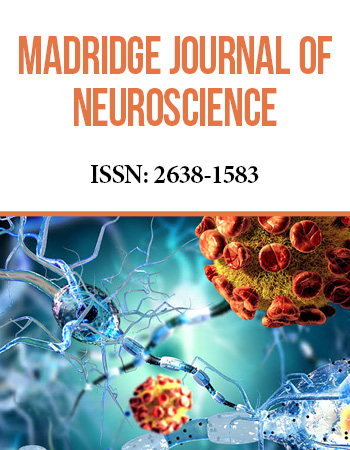International Neurology Conference
December 3-4, 2018 Valencia, Spain
Melatonin Protects Autophagy-Like Cell Death Cerebellar Purkinje Cells following Asphyxial Cardiac Arrest through Attenuation of Oxidative Stress via Mt2 Receptor
Kangwon National University, South Korea
Purpose: Although multiple reports using animal models have confirmed that melatonin appears to promote neuroprotective effects following ischemia/reperfusion-induced brain injury, the relationship between its protective effects and the activation of autophagy in cerebellar Purkinje cells following asphyxial cardiac arrest and cardiopulmonary resuscitation (CA/CPR) remains unclear.
Methods: Rats used in this study were randomly assigned to 6 groups as follows; vehicle-treated sham-operated group, vehicle-treated asphyxial CA/CPR-operated group, melatonin-treated sham-operated group, melatonin-treated asphyxial CA/CPR-operated group, melatonin plus (+) 4P-PDOT (a MT2 melatonin receptor antagonist)-treated sham-operated group and melatonin+4P-PDOT-treated asphyxial CA/CPR-operated group.
Results: Our results demonstrate that melatonin (20 mg/kg, ip, 1 time before CA and 4 times after CA) significantly improved the survival rates and neurological deficits compared with the vehicle-treated asphyxial CA/CPR rats (survival rates ≥ 40% vs 10%). We also demonstrate that melatonin exhibited protective effect against asphyxial CA/CPR-induced Purkinje cell death. The protective effect of melatonin in the Purkinje cell death following asphyxial CA/CPR paralleled a dramatic reduction in superoxide anion radical (O2·-), intense enhancements of CuZn superoxide dismutase (SOD1) and MnSOD (SOD2) expressions, as well as a remarkable attenuation of autophagic activation (LC3 and Beclin-1), which is MT2 melatonin receptor-associated. Furthermore, the protective effect of melatonin was notably reversed by treatment with 4P-PDOT.
Conclusion: In brief, this study shows that melatonin conferred neuroprotection against asphyxial CA/CPR-induced cerebellar Purkinje cell death by inhibiting autophagic activation by reducing expressions of reactive oxygen species, while increasing expressions of antioxidative enzymes, and suggests that MT2 is involved in the neuroprotective effect of melatonin in cerebellar Purkinje cell death induced by asphyxial CA/CPR.
Keywords: Asphyxial cardiac arrest, Autophagy, Cerebellum, Fluoro-Jade B, Melatonin, Purkinje cells, Superoxide anion radical, Superoxide dismutase


